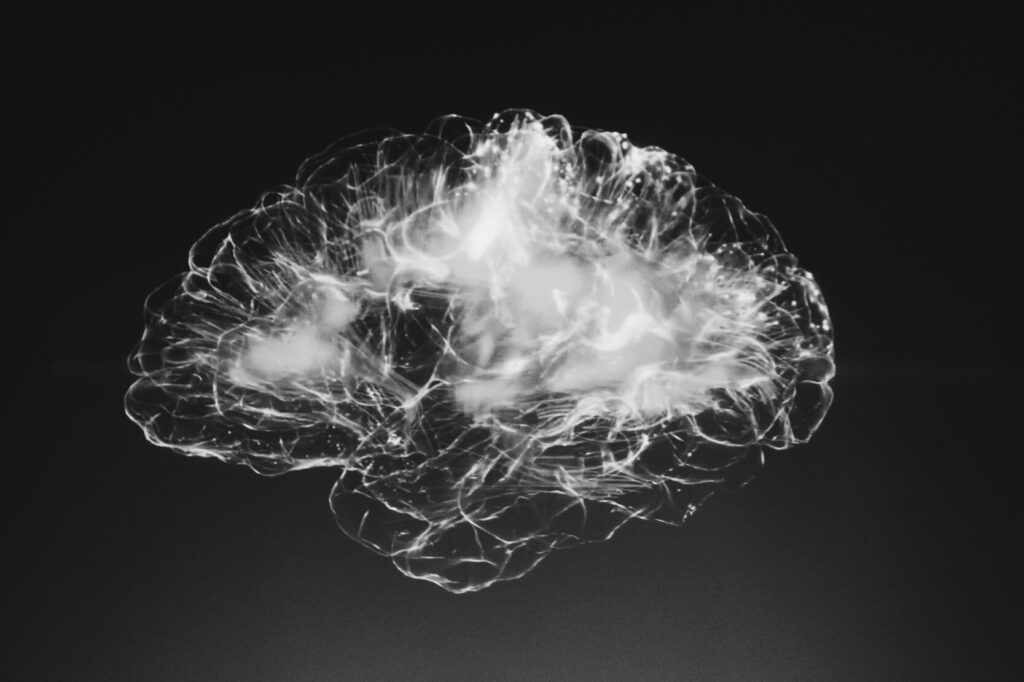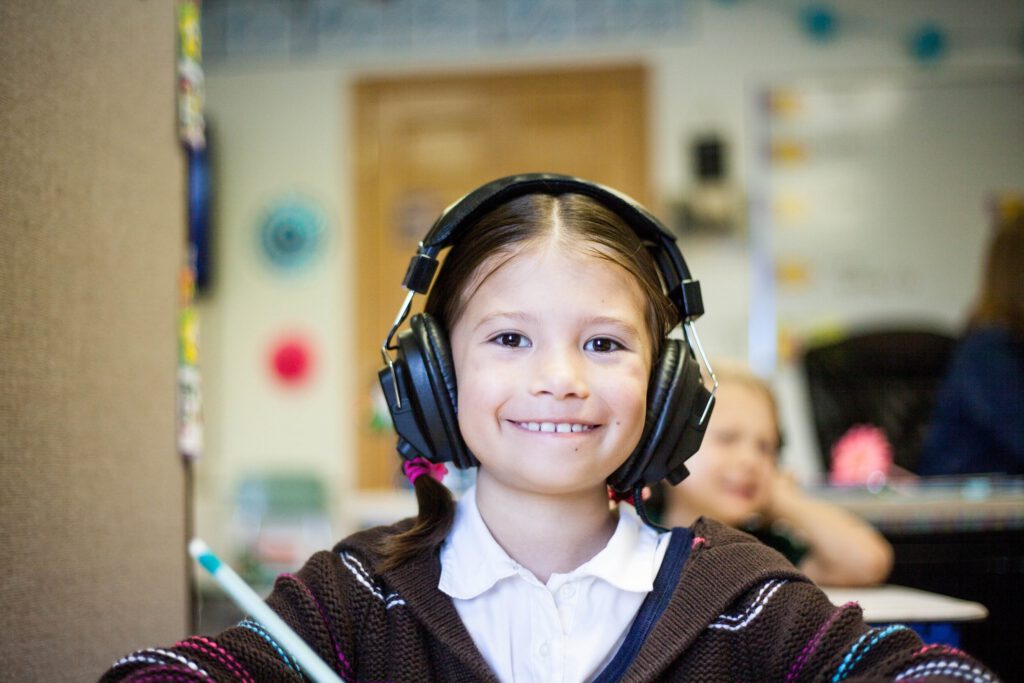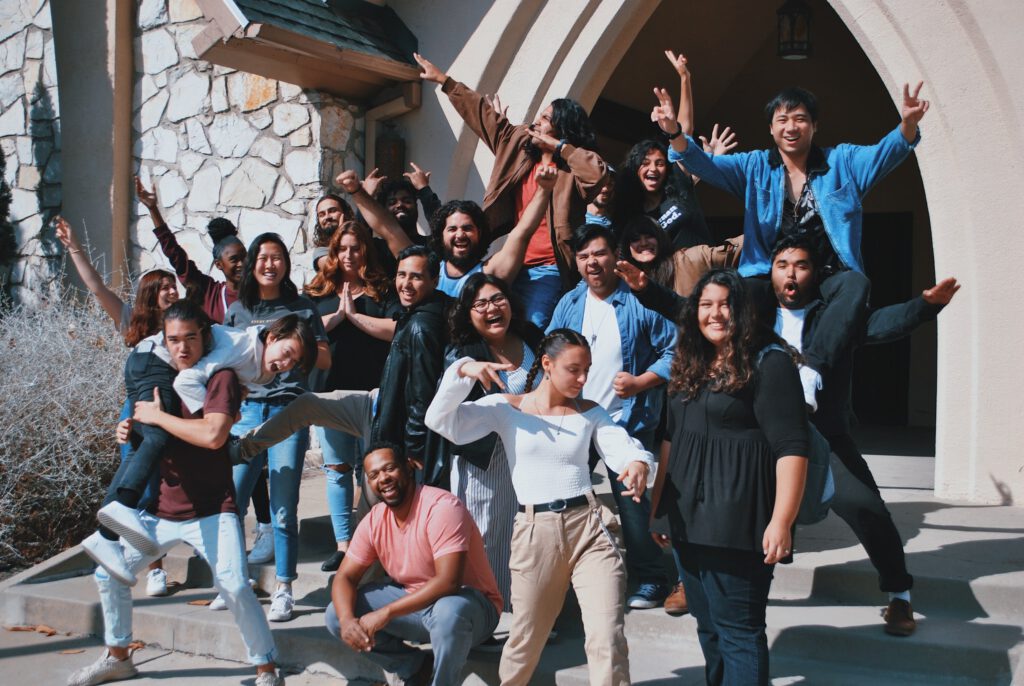The Rise of the Human Digital Brain (Part 2)
Part two of a two-part series on the impact of technology on student learning
This is a continuation of a two-part series on brain-based learning and the impact of technology on learning in the 21st-century classroom. Click here to read part one. This second installment shares the results of a study analyzing the impact of technology on how we process text and how multidirectional thinking is changing the way students learn.
2015 marked an “aha” moment in education for me. After having had a front-row seat to view the changes occurring in the educational setting with the introduction of the iPad, I now had the data to help measure the impact of this new form of technology on educational outcomes. I was excited to measure the hard work that had occurred during this two-year period where students and I engaged collaboratively with information in different ways, allowing for greater connections to be formed and reinforced.
As I began my review of the data covering the two-year period when iPads were first introduced into the classroom, there was one lesson that stood out to me. This particular lesson allowed for a merge of the literature we were reading with real events happening in the world that directly impacted students. It had evolved in response to a current-events article that my students were exposed to via the unique media platform Newsela. Newsela presents students with exposure to a variety of current events articles, all accessible at the Lexile level that best suits the needs of each student, and it is readily accessible via an app on the iPad.
The school where this lesson took place was an all-male high school, and our levels of diversity were still a work in progress. In my reading class, however, we had a greater degree of diversity represented than in the school population as a whole; this led to some interesting opportunities to engage by incorporating the various lenses which students brought to their reading.
To contextualize the impact of iPads on student learning, I will share a unit on John Steinbeck’s Of Mice and Men and how I structured technology-enhanced lessons around the themes of social justice and marginalization. To help develop a greater understanding of marginalization, I invited the students to examine each of the characters and what unalterable characteristics led to their poor treatment by others in the story. The characters in this novel activated empathy in my students as they developed a deeper understanding of marginalization, especially in the context of recent current events. As I saw my students identify with the characters, I assigned them an article on Newsela about the police shooting of Michael Brown in Ferguson, Missouri. The students read the article, and many were genuinely disturbed by it. They could see the inequities that still existed in modern society. I created Padlets for the students to interact with the literature and the current events article, and I asked them to draw connections between the two. We then compared news clips of the events to review media bias and to deepen their research, using iPads, of the topic. We then watched the movie Freedom Writers together and created another discussion board on Padlet to review the themes and draw connections between the events in Ferguson and the marginalization of characters in Of Mice and Men.
The beauty of the ability to draw these parallels is that the human element was present throughout, a characteristic that many believe missing when we teach using technology. The boys were excited to come to class and engage with the marginalized characters in Of Mice and Men because now they could understand them on a deeper level. We ended the unit by playing a game of Jenga with rules that identified the tower as a “system.” The students had to work together as a team to keep the “system” from toppling. They quickly realized that if they kept pulling resources from the middle and the bottom, the tower would eventually fall; but if they only took from the top, the stability would remain. We analyzed this through the introduction of systems theory to a group of struggling readers, and they understood it! This lesson was detailed in an article published in the Catholic Journal of Education in 2016 entitled, “Living Solidarity: Helping Students with Learning Differences Develop Dignity for All Humanity.”
Conflicting Student-Achievement Data
How could I hope for anything but exciting results from this new form of learning that had helped my students engaged in higher order thinking? As I analyzed data gathered from pre- and post Nelson Denny Reading Test results collected both before and after the introduction of the iPad into the classroom, I was both excited and nervous to see the results. I discovered that prior to the introduction of the iPad, my students were growing in comprehension at a rate of two-to-three years over the course of one school year! In vocabulary, their growth was at a rate of two years over the course of one school year. The methods used to produce these outcomes were traditional and included visuals for vocabulary, engagement through the introduction of kinesthetic opportunities, and even the introduction of art projects.
The student-achievement data collected after the introduction of the iPad led to more questions than answers, however. We had still made excellent progress, but our comprehension growth was actually cut in half. Students experienced an average growth of one and one-half years over the course of one school year as opposed to two-to-three years of growth. In vocabulary, students grew about a year and one-half over the course of one school year. This was still considerable progress, but why the drop? I had witnessed active engagement and its potential to influence student outcomes in a meaningful way. As a matter of fact, I had never witnessed the level of engagement and interest in any group I had taught over the course of my many years as an educator. This is when I decided to further analyze the outcomes and the underlying factors that may have had an impact on the results.
I know without a doubt that, quantitatively, these results are accurate; however, they do not provide the whole picture. While the Nelson Denny is a good measure of comprehension and vocabulary development, it does not measure the type of creativity and problem-solving skills that were evolving as a result of the introduction of this new mode of engagement and learning. The Nelson Denny is very linear in design and promotes thinking where students are encouraged to look for one right answer. My students were learning, through their interaction with more information than had even before been available to them, how to find multiple answers to problems rather than searching for one right answer. They were learning how to collaborate, and they were creating new and unique solutions. This is exactly what a 21st-century learner needs to be prepared to do.
What I believe I was witnessing were changes in patterns of thought as a direct result of the addition of technology into the classroom. It was now a part of everything my students did; the young, malleable brain of a teenager was responding to this in very real ways. We know that adolescence is the second greatest epoch of brain development in the lifetime of a human, and the adolescent brain is actively doing two things during this period: According to Norman Doidge in his book The Brain That Changes Itself: Stories of Personal Triumph from the Frontiers of Brain Science, the brain is pruning away neural networks that it no longer needs, and it is strengthening those neural networks that it is using with consistency (Doidge, 2007). In short, what we do over and over again is important, as it will establish the neural networks that will become the framework for all future learning. If a teenager does nothing but play games all day, those pathways are strengthened while others necessary for success in school and life are pruned away.
Implications for Teachers and Teacher Certification Programs
This research on the brain’s ability to create new neurological pathways in response to changes in stimuli have direct implications on teaching and teacher preparation. It is critical that educators be intentional about the use of technology in the classroom. Teachers must judiciously select technology-based tools, apps, and texts that promote critical thinking, collaboration, and creative problem solving through activities that are personally meaningful to students. Teacher-preparation programs, including alternative teacher certification and online teacher certification, must guide educators toward appropriate technology to enhance learning while also empowering teachers to be critical consumers of educational technology. Online teaching programs, including Moreland University’s TEACH-NOW Teacher Preparation Certificate Program, have an opportunity to promote technology-enhanced education whereby teachers both experience the power of virtual learning and develop best practices to teach in hybrid learning environments.
Educators have a platform to introduce the type of change necessary to help students find success in a world that will expect them to be able to make quick decisions, to engage and collaborate, and to create new and meaningful solutions to complex problems. In order to do this, we need to advocate for system change. The linear design of the current system of education fits the needs of an Industrial Age society. If COVID-19 has taught us anything, it is that we cannot wait for a system to change organically. Teachers must actively seek opportunities to integrate technology as a means to prepare students with the 21st-century skills necessary for college and career readiness in the digital age. Teachers must be responsive in their advocacy for the changes in the system that will help students develop skills that will allow them to reach their full potential.
Are you interested in applying this study to your own lesson planning? To learn more about developing dynamic units and project for 21st-century students, consider enrolling in one of our no-cost content conferences!
Beatriz Pacheco, Ed.D.



